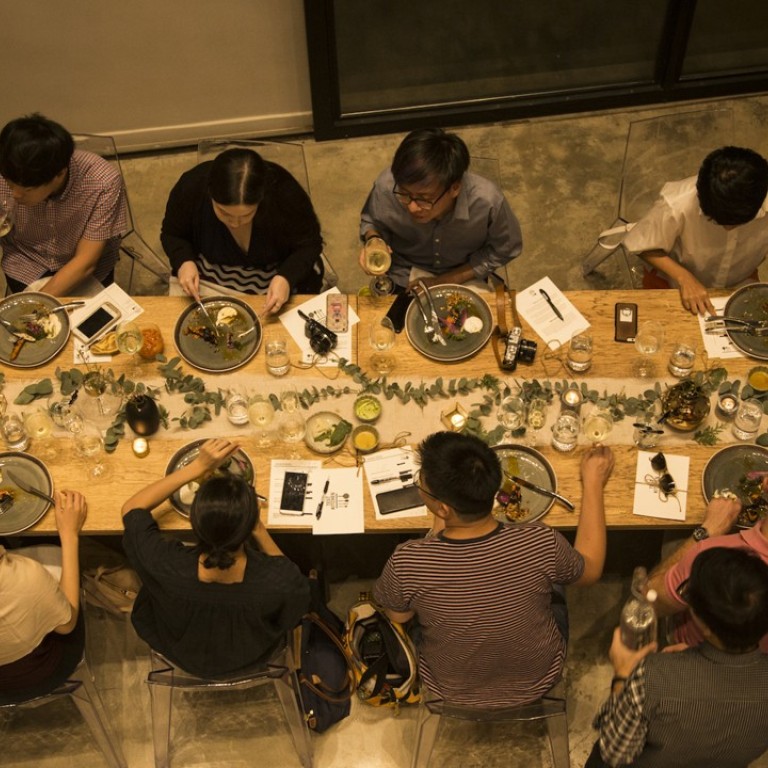
In Hong Kong, city of 14,000 restaurants, pop-up dinners thrive as world’s top chefs lure foodies eager for new tastes
You might think city’s diners were spoilt for choice already, but a proliferation of guest-chef appearances, and a venue dedicated solely to pop-up dining, has shown there’s a healthy appetite for new tastes and experiences
In the past 12 months you could have eaten dishes created by Icelandic hipsters, dined on exquisite cooking from some of Europe’s most celebrated chefs, or feasted on a dried alpaca heart cooked by a Peruvian chef who featured on the World’s 50 Best Restaurants list.
All of that was made possible in Hong Kong through the continued growth of pop-up restaurants, in which visiting chefs show diners ingredients, techniques and creative dishes that are making waves in other parts of the world.
The young chefs at forefront of a Philippine food revolution, and why you’ll be hearing a lot more about country’s cuisine
A pop-up can be hard to define. For some, it’s any form of dining experience that temporarily materialises; for others, it signifies a short-term residency by a renowned chef who cooks alongside an established local chef. What’s clear is that, regardless of the parameters, pop-ups are here to stay, and that Hong Kong – despite having 14,000 restaurants of its own serving both Chinese fare and a vast range of international cuisines – has embraced them with enthusiasm.
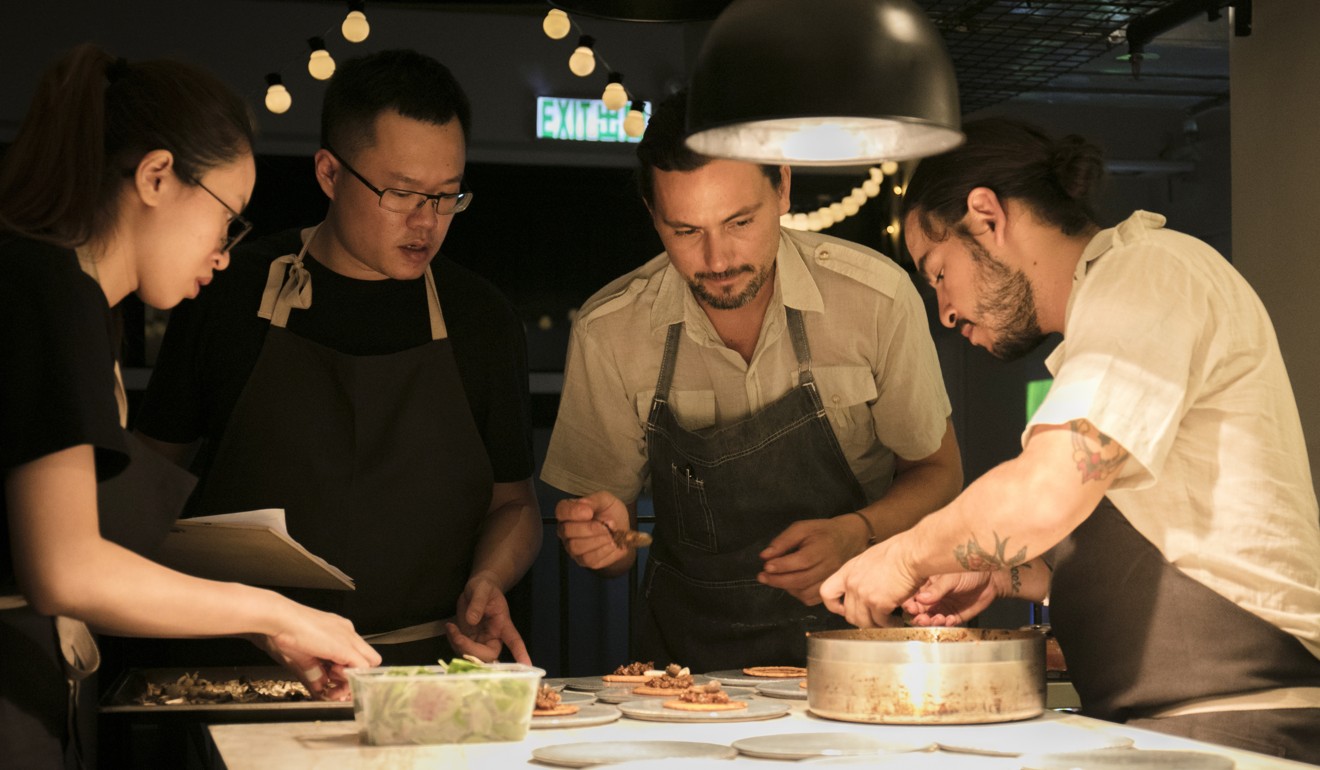
Food book: Enrique Olvera's Mexico from the Inside Out
“I was in New York at culinary school, and working as a stagiaire in a couple of restaurants. At one of them I met a chef Kwame Onwuachi, who gave me the opportunity to travel with him for three months, popping up in a new city every week where we’d serve up to 200 people.” he says.
“I learnt more [in that time] than … at culinary school. So after I came home to Hong Kong I thought it’d be great to create a platform where passionate global chefs could come and cook the food they love, [while] sharing their stories with people who are adventurous and open-minded about new tastes, ingredients and experiences.”

Two years on and Mui has brought chefs from all over the world to Hong Kong. Some have held Michelin stars, one was named the prestigious San Pellegrino young global chef of the year, while one featured in the US reality TV show Top Chef. Other chefs have also made names for themselves in some of the world’s hottest restaurants, from Berlin to Bangkok, and Reykjavik to Manila.
We live in one of the world’s greatest dining cities. Seeing their happy, and often amazed faces, only drives us to push harder every single time
The pop-ups run once or twice a month, for up to five nights each. Each night 40 lucky diners get the chance to enjoy a degustation-style menu of up to eight courses, usually with wine pairings.
Test Kitchen initially started by staging pop-ups in various Hong Kong island locations, such as industrial warehouses in Southern District, art galleries on Hollywood Road, Sheung Wan, and a historic colonial house on The Peak.
A year ago Test Kitchen took over a former warehouse space in Sai Ying Pun, where they built a full open kitchen. The space now serves as its permanent home.
“You may be sitting in Sai Ying Pun, but you could be eating seasonal cuisine from Iceland, the Philippines or Mexico. I want to get to know the chefs, fully understand their passion and the philosophy behind their food,” Mui says.
“The beauty is its process, where we’re constantly learning from each other. They open my eyes to the amazing produce and dishes from their home countries but also to the potential in Hong Kong.”
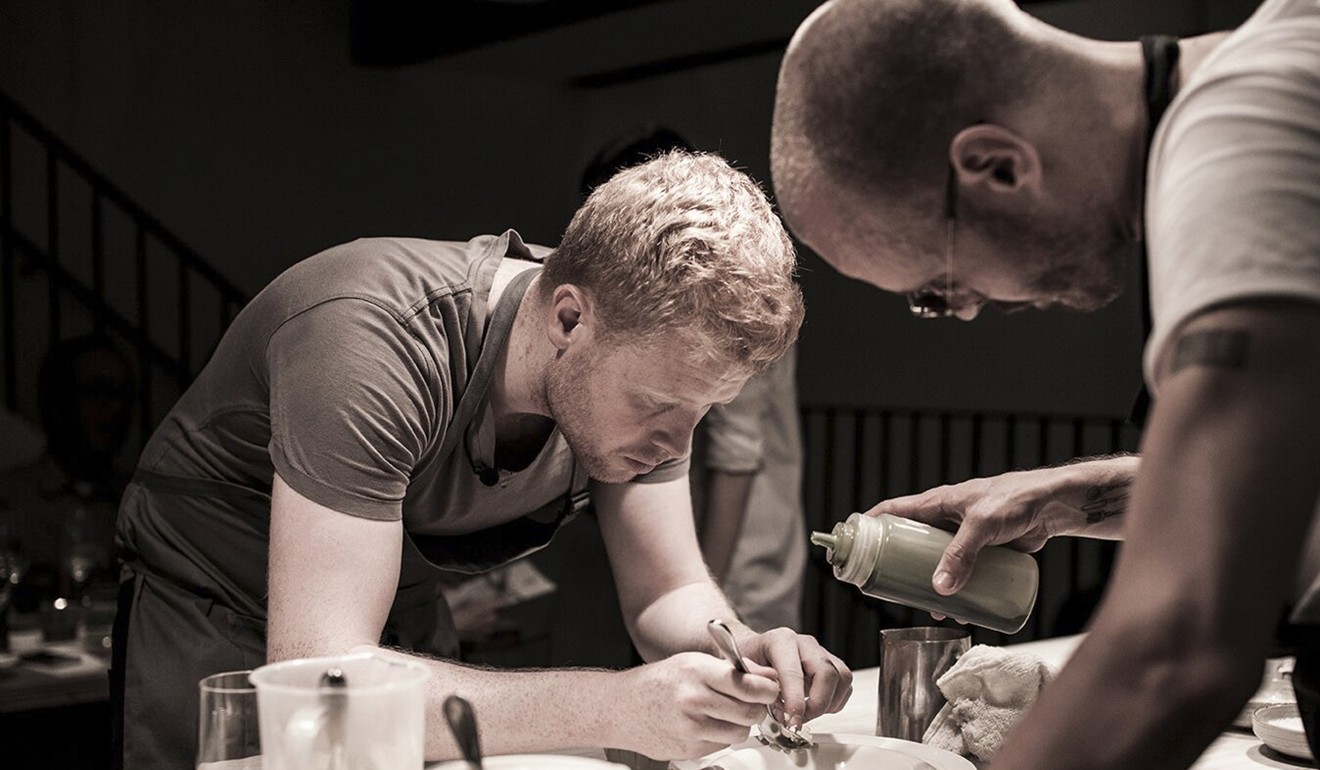
We were in front of old Chinese bird feed sellers tasting worms. They thought we were nuts!
Some in the industry have questioned the long-term viability of the Test Kitchen model, but Mui seems unfazed and remains as passionate as ever.
“So far I wouldn’t have done anything differently, and I’m a strong believer that everything happens for a reason,” he says. “We’re growing from our experience. In the next few months alone [we] have some of the hottest and most in-demand chefs from London and Melbourne lined up to show Hong Kong diners what they can do.”

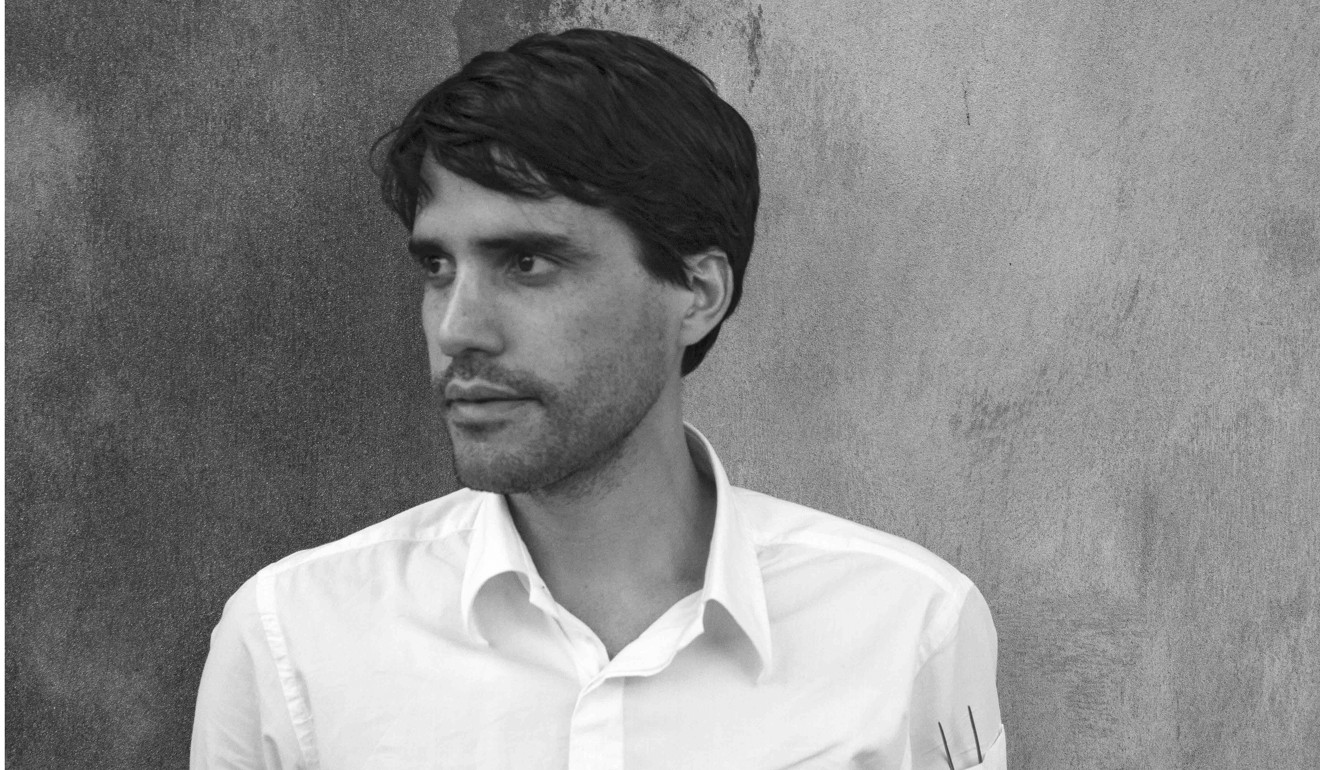
“The chefs we work with have to be trend-setting and influential in their country with a true signature. They have to be friends and fun to work with – so the less nice chefs don’t get invited!” he says.
Ferran Adria and Hong Kong's Richard Ekkebus on that HK$10,888 dinner
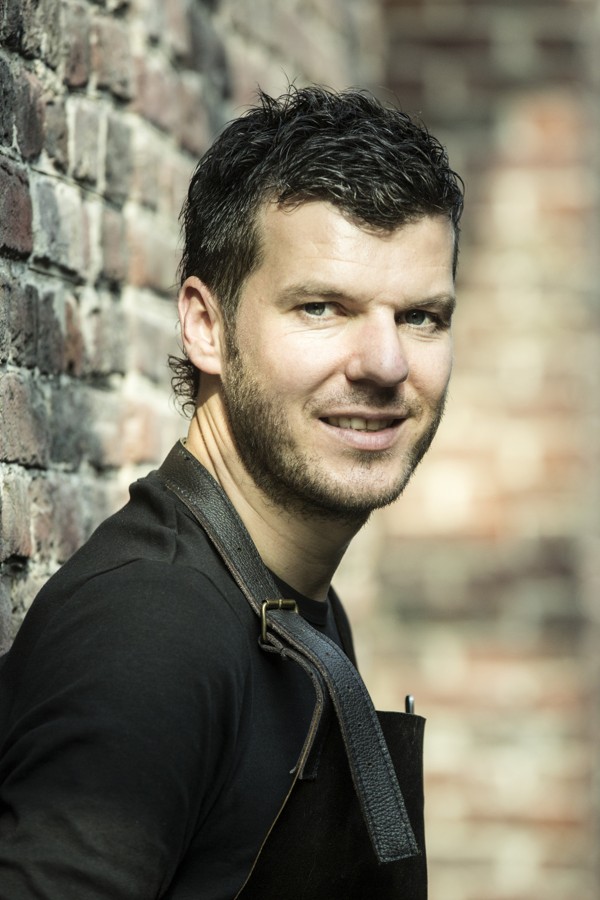
“For Virgilio Martinez [owner of restaurant Central in Lima, Peru] we imported 600kg of exotic fruits, cereals and vegetables from Peru, all from small local growers. For Gert de Mangeleer of three [Michelin]-star Hertog Jan [in Belgium] we imported all the fruit and vegetables used for 180 guests from his own garden in Belgium. It’s a logistical nightmare – but also what makes these events so enriching and unique.”
“We had to go to the bird market in Kowloon to see if the bird feed would be suitable as a replacement, so we were in front of old Chinese bird feed sellers tasting worms. They thought we were nuts!” says Ekkebus.

Some may believe Hongkongers are starting to suffer from pop-up fatigue, but Ekkebus says the concept remains popular. He says he was once verbally abused by guests because they couldn’t secure seats to a pop-up after tickets sold out in a matter of hours.
Mui is also adamant pop-up restaurants will continue to be popular in Hong Kong. “We live in one of the world’s greatest dining cities but the guests still keep coming back. Seeing their happy and often amazed faces only drives us to push harder every single time,” he says.

